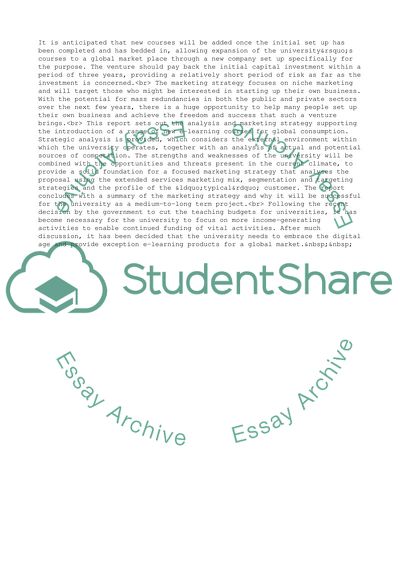Cite this document
(Introducing Global E-Learning Entrepreneurship Courses Case Study, n.d.)
Introducing Global E-Learning Entrepreneurship Courses Case Study. Retrieved from https://studentshare.org/business/1574749-marketing-strategy
Introducing Global E-Learning Entrepreneurship Courses Case Study. Retrieved from https://studentshare.org/business/1574749-marketing-strategy
(Introducing Global E-Learning Entrepreneurship Courses Case Study)
Introducing Global E-Learning Entrepreneurship Courses Case Study. https://studentshare.org/business/1574749-marketing-strategy.
Introducing Global E-Learning Entrepreneurship Courses Case Study. https://studentshare.org/business/1574749-marketing-strategy.
“Introducing Global E-Learning Entrepreneurship Courses Case Study”, n.d. https://studentshare.org/business/1574749-marketing-strategy.


